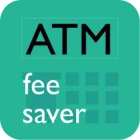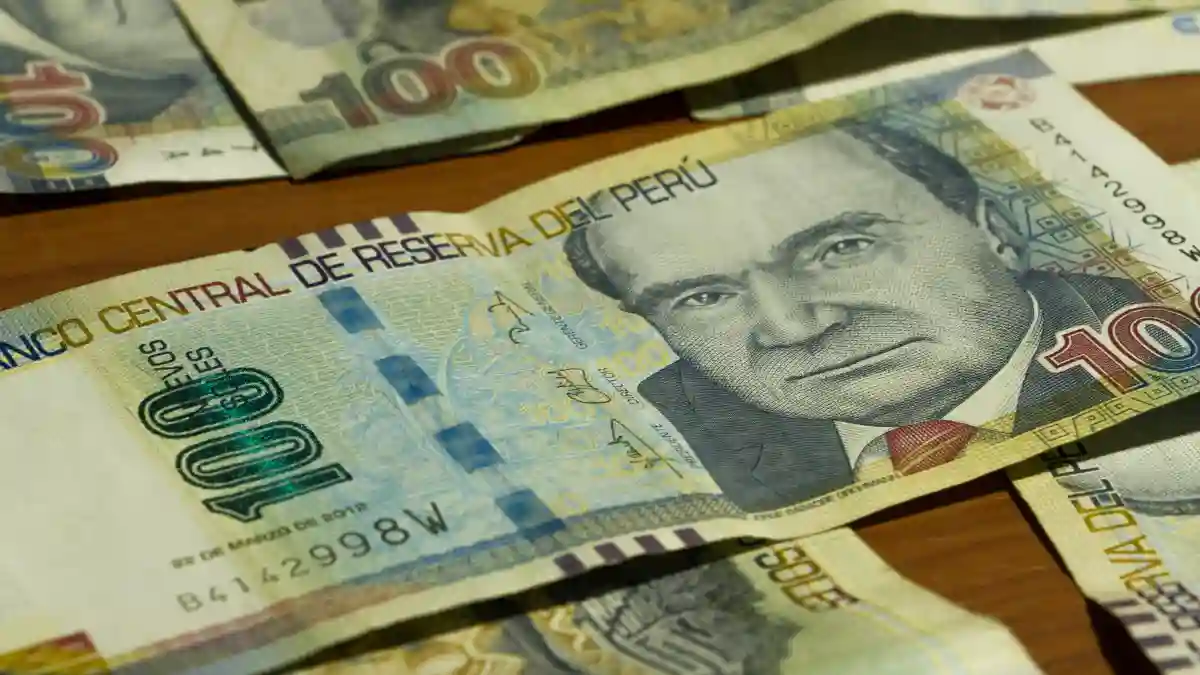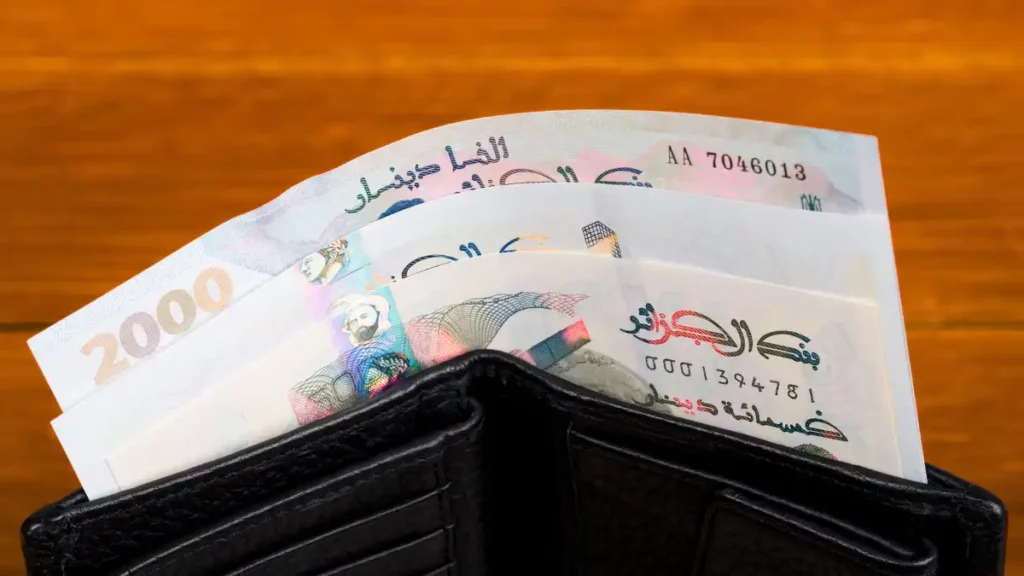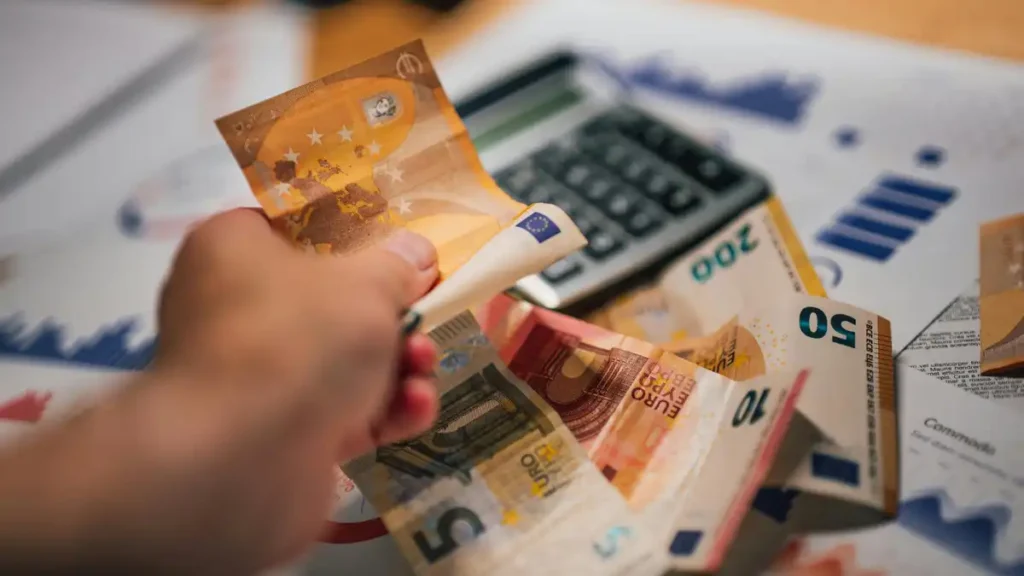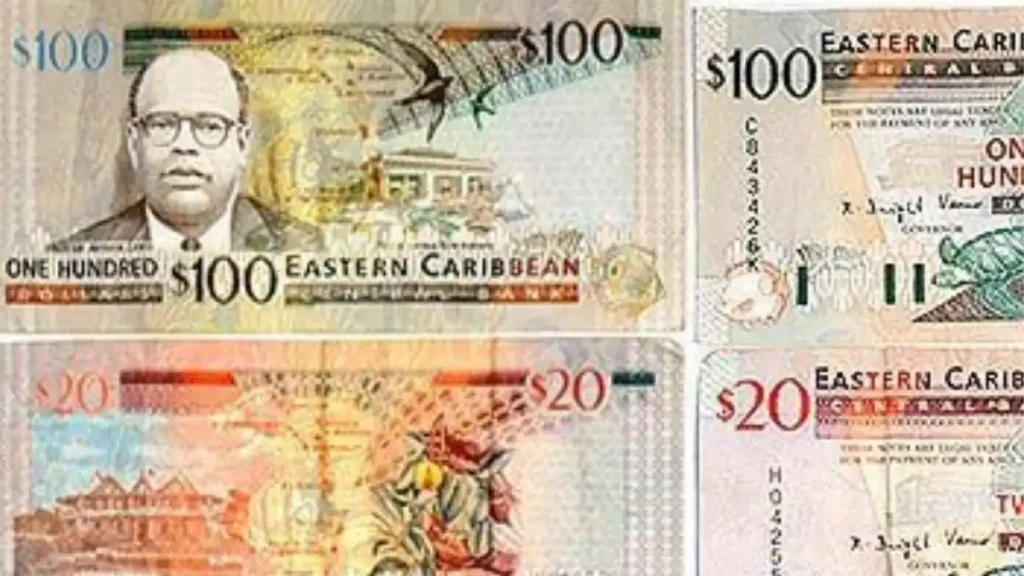Exploring Peru-from ancient Machu Picchu to the bustling streets of Lima-calls for smart money planning. Understanding currency in Peru is key to avoiding tourist pitfalls, especially since money in Peru is often cash-based in markets, taxis, and smaller towns. This guide outlines the best ways to get Peruvian Soles (PEN), whether to bring USD or Euros, the safest places to exchange or withdraw, card usage tips, and cash dos and don’ts. With this know-how, you’ll spend wisely and enjoy Peru without financial surprises.
How to pay in Peru – cash or card?
Cash is still the preferred method of payment for about 70-80% of transactions. Most places, especially in smaller towns and rural areas, prefer accepting cash as a form of payment. It’s a good idea for travellers to have some cash on hand, especially when they’re outside major cities.
You can use cash for:
- Budget hotels
- Hostels
- Local tour operators (especially in Cusco, Arequipa, Amazon basin)
- Tips and gratuities (very common)
- Street food (anticuchos, tamales, etc.)
- Small eateries / restaurants (local cevicherias, picanterías)
- Sit-down restaurants (especially outside of major cities)
- Small purchases
- Local expenses at street markets and mini-markets
- Mobile SIM and phone top-up
- Laundry services
- Local buses (in cities and smaller towns)
- Local taxis (rarely accept cards)
- Local tuk-tuks (e.g., in Iquitos or small towns)
- Nightlife / bars (cash is common)
You can use card for:
- 4 and 5 star hotels
- Large tour operators (Machu Picchu, Amazon cruises)
- Shopping at malls and modern shops
- Entry fees to major museums and archaeological sites (often via online booking)
- Airport transport (airport buses, pre-booked taxis)
- Upscale restaurants
- Online bookings for upscale hotels, flights, tours
- Vehicle renting
- Emergency medical clinics / pharmacies (in cities)
Carry cash in Peru for daily spending and local transport. Cards are widely accepted in Lima and touristy cities, but less so in rural areas.
What’s the best currency to take to Peru?
In Peru, the local currency is the Peruvian Sol (PEN or S/. or Soles). The note denominations available are S/10, 20, 50, 100, and 200.
Tourist areas generally accept USD. For tour operators and hotels in touristic areas, US Dollars are widely accepted. However, if you choose to pay in US Dollars instead of Soles, the exchange rate for these payments may not be favourable.
So, Peruvian Sol is the best currency to take to Peru.
Where to get the local currency in Peru?
In Peru, you can get the local currency in 3 ways. These are:
ATMs, or
Currency exchange
Money transfer and local pick-up
Types of cards to swipe in Peru
Visa and Mastercard transactions are commonly accepted for swiping. You might also find some places that accept Amex and other cards, albeit less frequently.
Types of cards at ATMs in Peru
When withdrawing money in Peru, majority of the ATMs will accept Visa, Mastercard, Cirrus, Plus and Maestro cards. Some of them will also accept JCB, Unionpay, Amex and Diners Cards such as Discover and Rupay are not usually accepted by many ATMs.
Should I exchange money before travelling to Peru?
It’s advisable to carry a small amount of Peruvian Soles (PEN) before arriving in Peru for immediate expenses like airport transport, snacks, or tips. However, exchange rates outside Peru are usually less favorable, and Soles may not be widely available in your home country.
A practical approach is to withdraw PEN from ATMs after arrival. ATMs are widely available in airports, cities like Lima, Cusco, and Arequipa, and tourist areas. Most accept Visa, Mastercard, Cirrus, and Plus cards. Be sure to check with your bank about foreign withdrawal fees and alert them of your travel plans.
For exchanging cash, casas de cambio (money exchange bureaus) offer competitive rates and are common in urban centers and tourist districts. Avoid exchanging large amounts at the airport, where fees are higher. Banks also exchange foreign currency but may have longer queues or require ID.
USD is the easiest foreign currency to exchange in Peru. Some businesses, hotels, and tours even quote prices in USD, but using Soles usually gives you a better deal. Carrying a mix of cards and cash is ideal. While credit cards are accepted in most hotels, restaurants, and shops in cities, cash is essential for rural areas, markets, and transport.
Where to withdraw money in Peru
The best ATMs for foreigners to use in Peru are those owned by popular banks such as:
- Banco de la Nacion
- Caja Cusco
- Caja Arequipa
- Interbank
- Banbif
There are also ATMs from international banks available in Peru, including Scotiabank.
The Global ATM Alliance is a collaboration between multiple banks worldwide, enabling their customers to withdraw cash from partner banks abroad without incurring any ATM fees. A number of banks across different regions, such as the US, UK, Europe, Australia, and Latin America, are members of the Global ATM Alliance. This includes well-known banks like Bank of America, Barclays, Deutsche Bank, and several others. Scotiabank in Peru is a member of this network.
For a detailed guide, read Cash and ATMs in Peru.
Discover fee-free and low-fee ATMs on the ATM Fee Saver mobile app for iOS and Android. This app provides ATM PINs and details of leading bank ATMs such as ATM fees and withdrawal limits for foreign cardholders at ATMs in Peru. Moreover, its simple fee calculator helps you determine exact withdrawal charges. You can also find cash tips and tricks on the app for 160+ countries including Peru.
Download now from the App Store or Play Store.
Where to exchange currency in Peru
In Peru, you can exchange currency at authorised currency exchanges, banks, airports, and hotels, the most popular being authorised currency exchanges.
In Peru, currency exchange offices are called “casas de cambio” or cambistas. They are widely available in urban areas and tourist zones. These are usually the most efficient way to exchange money with competitive rates and quick service.
Top locations include:
Lima: Miraflores, San Isidro, and Lima Centro (Av. Larco, Av. José Pardo)
Cusco: Plaza de Armas and Av. El Sol
Arequipa: Historical Center
- Notable currency exchanges are:
Casa de Cambio EuroNet
Casa de Cambio Western Union
Money Exchange Peru
Look for offices with clear signage, visible rates, and security measures. Avoid unlicensed street changers, especially near bus terminals or tourist hotspots.
- Banks Offering Currency Exchange:
Banco de Crédito del Perú (BCP)
Interbank
Scotiabank Peru
BBVA Continental
While secure, banks may offer slightly worse rates and longer queues. Some only offer exchange services to account holders.
Note – Many large banks have branches inside supermarkets where you can conveniently exchange currency? Vivanda and Wong are both supermarket chains that conveniently offer currency exchange services within their stores.
💡 Tip: USD is the most widely exchanged foreign currency. Notes must be in excellent condition-no tears, stamps, or excessive folds.
Pro-tips:
Stay away from airport exchanges – Poor rates
Avoid the black market – Be wary of being conned.
Include fresh notes – If your notes are damaged or dirty, you can expect to pay more or less.
Is carrying money in Peru safe?
Not really. Carrying a significant amount of cash while travelling in Peru may not be the safest option. Well, it’s worth considering that different cities and towns have varying levels of safety. However, as a general rule, it’s a good idea to only carry the amount of cash you’ll need for the day or a few hours. If you’re planning a trip to Peru, it’s important to keep your cash safe. Here are a few tips to help you out:
Some safety tips for carrying cash while travelling in Peru are:
- Carry only the cash you need.
- Do not keep all the cash in one pocket or wallet.
- Put some cash in a safety belt or fanny pack.
- Do not flash your cash.
- When paying, do not remove or display your entire cash.
- Keep wallets preferably in front pockets.
- Cross-wear your purses if possible.
- Hold your purses, wallets and bags close and tight on crowded streets and in public trains and buses.
- When withdrawing cash, keep the cash low while you count it so people around don’t see it.
- If you’re dining alone, don’t leave your wallet / bag unattented while you go to the restroom.
- If sitting outdoors in a restaurant, don’t leave your wallets / bags on the table.
Is it better to use debit or credit cards or pay by cash in Peru
Use a card if it is fee-free i.e. your bank does not charge any fees to swipe the card, when the merchant / POS also does not impose any extra charge to use a card, you need to use the insurance of the card, don’t want to block cash of large purchases and card’s swipe fees are lower than withdrawal fees.
Pay by cash by withdrawing cash from ATM or exchanging currency where – fees on ATM withdrawals are lesser than fees on swiping cards, you don’t want to leave any digital footprint of your expenses, it is convenient and easier to conduct transactions.
